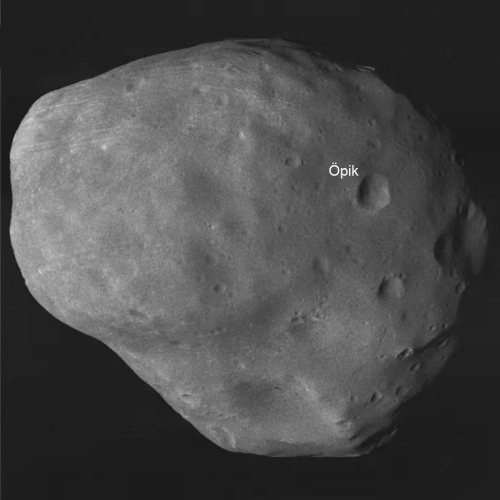Childhood vaccinations in ’20 and ’21 declined the most in 30 years
Surprise! According to WHO data, the number of children receiving effective vaccines for serious known diseases declined in ’20 and ’21, dropping at a rate larger than seen in 30 years.
Data collected by the World Health Organization (WHO) and the United Nations children’s charity UNICEF show that the percentage of children who received three doses of the vaccine against diphtheria, tetanus and whooping cough (DTP3) decreased by 5 percentage points between 2019 and 2021, to 81% worldwide (see ‘Childhood immunizations decline’). DTP3 is considered to be a marker of vaccine coverage; if children miss these jabs, they’re probably also missing out on crucial vaccinations for many other diseases.
The report found that in 2021, 25 million children missed out on routine immunizations against diseases such as measles — leading to avoidable outbreaks. “If this downward trend continues, we can expect to see more cases, outbreaks and deaths from diseases which are completely preventable,” a WHO spokesperson told Nature.
This article, from the very leftist science journal Nature, notes only that WHO attributes the decline to “supply-chain disruption, diversion of resources and lockdowns.” If fails to mention the loss of faith worldwide in vaccines in general, due to the hard push by WHO and other government health agencies to force the relatively ineffective and possibly harmful COVID shots on everyone.
The vaccines for measles, diphtheria, tetanus and whooping cough do work, but by lying about the effectiveness of the COVID shots, health agencies worldwide have lost their credibility. They have successfully convinced millions of parents to fear getting any vaccines, even those that really work and can prevent their children from dying.
Congratulations to WHO, the CDC, and all government agents worldwide! You have helped bring out the death of millions of children. Great work if you can get it.
Surprise! According to WHO data, the number of children receiving effective vaccines for serious known diseases declined in ’20 and ’21, dropping at a rate larger than seen in 30 years.
Data collected by the World Health Organization (WHO) and the United Nations children’s charity UNICEF show that the percentage of children who received three doses of the vaccine against diphtheria, tetanus and whooping cough (DTP3) decreased by 5 percentage points between 2019 and 2021, to 81% worldwide (see ‘Childhood immunizations decline’). DTP3 is considered to be a marker of vaccine coverage; if children miss these jabs, they’re probably also missing out on crucial vaccinations for many other diseases.
The report found that in 2021, 25 million children missed out on routine immunizations against diseases such as measles — leading to avoidable outbreaks. “If this downward trend continues, we can expect to see more cases, outbreaks and deaths from diseases which are completely preventable,” a WHO spokesperson told Nature.
This article, from the very leftist science journal Nature, notes only that WHO attributes the decline to “supply-chain disruption, diversion of resources and lockdowns.” If fails to mention the loss of faith worldwide in vaccines in general, due to the hard push by WHO and other government health agencies to force the relatively ineffective and possibly harmful COVID shots on everyone.
The vaccines for measles, diphtheria, tetanus and whooping cough do work, but by lying about the effectiveness of the COVID shots, health agencies worldwide have lost their credibility. They have successfully convinced millions of parents to fear getting any vaccines, even those that really work and can prevent their children from dying.
Congratulations to WHO, the CDC, and all government agents worldwide! You have helped bring out the death of millions of children. Great work if you can get it.















